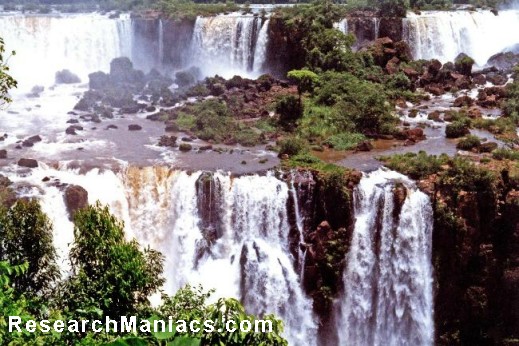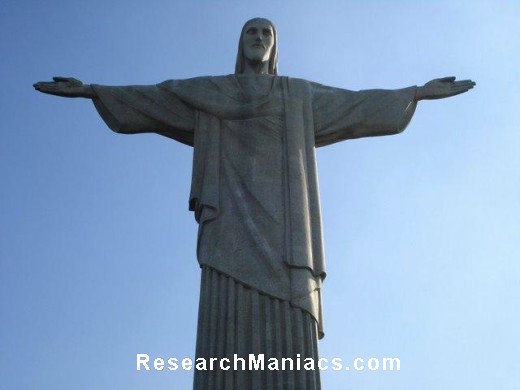Brazil
Information about Brazil
Following more than three centuries under Portuguese rule, Brazil gained its independence in 1822, maintaining a monarchical system of government until the abolition of slavery in 1888 and the subsequent proclamation of a republic by the military in 1889.
Brazilian coffee exporters politically dominated the country until populist leader Getulio VARGAS rose to power in 1930.
By far the largest and most populous country in South America, Brazil underwent more than half a century of populist and military government until 1985, when the military regime peacefully ceded power to civilian rulers.
Brazil continues to pursue industrial and agricultural growth and development of its interior.
Exploiting vast natural resources and a large labor pool, it is today South America's leading economic power and a regional leader, one of the first in the area to begin an economic recovery.
Highly unequal income distribution and crime remain pressing problems.
In January 2010, Brazil assumed a nonpermanent seat on the UN Security Council for the 2010-11 term.

Above picture: A panoramic view of Iguazu Falls along the Brazil-Argentina border. The entire waterfall system consists of some 275 falls along 2.7 km (1.7 mi) of the Iguazu River.

Above picture: O Cristo Redentor (Christ the Redeemer) statue overlooking Rio de Janeiro. The monument, which is 38 m (120 ft) tall and stands on Corcovado Mountain, is made of reinforced concrete and soapstone. Constructed over a period of nine years, the sculpture was dedicated in 1931. In 2007, it was named one of the New Seven Wonders of the World.
|
|
|
|